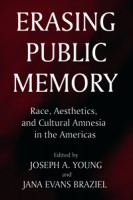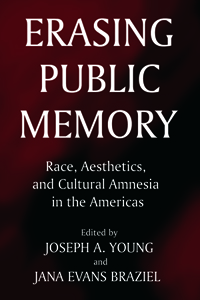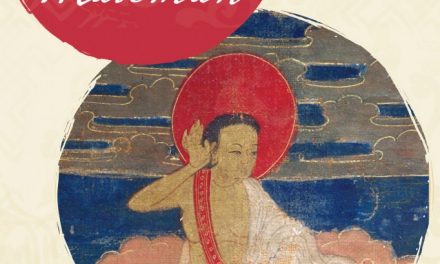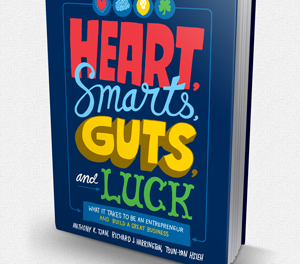 Editors: Joseph A. Young and Iana Evans Braziel
Editors: Joseph A. Young and Iana Evans Braziel
Publisher: Mercer University Press – 280 pages
Book Review by: Sonu Chandiram
In November 2001 a conference entitled Race in the Humanities was held at the University of Wisconsin – La Crosse on the connection between race and aesthetics (the arts) particularly “the impact of race and racist societal structures within the arts and specifically within universalized aesthetic ideals of truth, beauty and form,” quoting the editors in their Introduction.
In the eight chapters of this book, the two editors and six other contributors argue that “race has been formative in the development of aesthetics and of aesthetic ideals in the West, that aesthetics has also played a foundational role in constructing race in the socius, even as it has to aesthetically erase its own racialized foundations,” again quoting the editors.
This book addresses several race-related questions, some of which are:
- How are literary genres racialized?
- How have national literatures erased ethnic and racial difference within its national nationalist parameters of definition?
- How are definitions of history and historicity predicated on notions of racial difference?
- How have the arts been constructed on racialized aesthetic foundations?
- How have art historians shaped research through racialized frames of inquiry and analysis?
- How, historically and institutionally, have the arts benefited from the institutions of slavery and colonialism?
- How has race been formative in the establishment of disciplinary boundaries?
- How do methodologies of disciplines perpetuation the racialization of knowledge?
This book sets you on the path to finding answers to these important questions in its chapters in articles written by the editors and contributors Jerome Branche, Nancy Nield Buchwald, Sean Thomas Dougherty, Arieh Bruce Saposnik, Paula Straile and David J. Vazquez.
They look at eight different literary forms as well as specific literary works and point out the instances of racism found in them. They are:
- Genre, Race Erasure: A Genealogical Critique of “American” Autobiography
- Erasure and Retrieval of Public Memory: Artful Deceit in Mary Johnson’s Prisoners of Hope and Subtle Disclosure in Pauline Bouve’s Their Shadows Before
- An Epistemology of Ignorance: Hierarchy, Exclusion, and the Failure of Multiculturalism in the Modern Literary Top 100
- Soul for Sale? Cuban Counterpoint in Madrid
- Succor for the Ailing Jewish Body: Images of Jewish Racial Degeneracy and the Zionist Cultural Work in Palestine
- The Pillory/Pelourinho in Open-Air Museums in the US and Brazil: A Site of Racism and Racial Reconciliation
- Re-tracing the Unruly Boundaries of the Jewish Body in Barnett Newman’s Stations of the Cross
- Poetry: “Danger Flammable,” “When the Snow Arrived,” “Nine Innings to Go”
The reader will find many instances of racist thought in the instances cited above. But just to go into one of them, No.2, the editors of this volume point out that:
“the cultural debate in the literary arena over the question of whether African Americans should be included in the mainstream during the emergence of segregation in the last part of the nineteenth century. Johnston utilizes the 1663 unsuccessful slave revolt in her polemic and presents violence and carnage as a function of the earnest interaction between civilized and savage rather than as a heroic attempt by slaves and Native Americans to secure a distinct human identity.”
Joseph A, Young is professor of English at the University of Wisconsin in La Crosse, where he teaches writing and African-American Literature. He is author of Black Novelist as White Racist: The Myth of Black Inferiority in the Novels of Oscar Micheaux and has also published in MELUS and co-edited another book with Dr. Braziel entitled Race and the Foundations of Knowledge: Cultural Amnesia in the Academy.
Iana Evans Braziel is the author of articles in Cultural Critique; Small Axe; Callaloo; Comparative American Studies; Women & Performance; Meridians: feminism, race, transnationalism; Journal of Haitian Studies; Popular Music and Society; A/B: Auto/Biography Studies; Tessera; Journal x; Studies in the Literary Imagination; and The Journal of North African Studies. She has also co-edited three books.
This is an excellent book that provides many examples of racism in American literary forms and literature.






